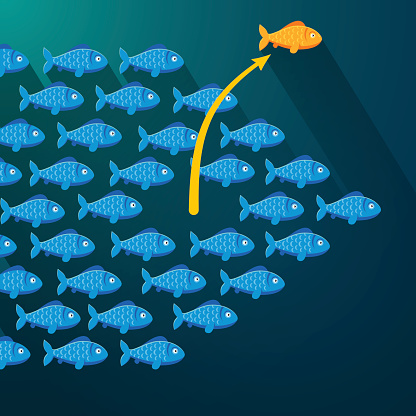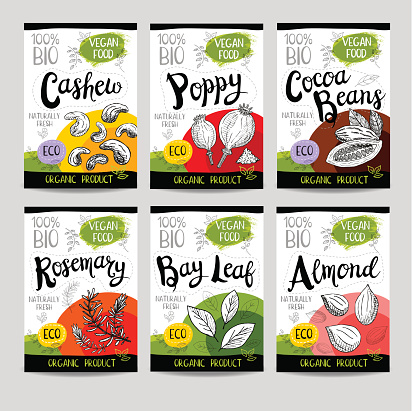 Blog Update
Blog Update

Print Advertising Feels Like Printing Money
Wouldn't it be great if you could print your own money? Life
would be so much easier, right? Well, maybe not, but here's a little secret
that feels like printing money: print advertising.
Print Advertising is
Like Printing Money
Good advertising can go a long way for your business. Sometimes
it's hard to explain what good advertising is, but you know it when you've seen
it. Whether it's a heartfelt image or a tagline that makes you think, there's
just something about incredible advertising that has a way to move and motivate
you.
Good print advertising can inspire you to make a change, donate
to a cause, or purchase that cool, new tech device. It provides everyone who
passes it, holds it, or takes it out of a mailbox the chance to see that
printed information. And, since print advertising is often locally targeted,
it means that you can create a far more personal connection to your
community than you can with digital ads.
Every time someone sees your printed advertisement and, in turn,
goes in and buys a product or service from you, you're essentially printing
your own money! These customers may have never come to your business and
purchased your product or service without seeing the advertisement.
You Like What You See,
You Buy What You Like
Picture this: You're walking down the street. Maybe you just
finished grabbing a coffee with a friend, and you're heading back to your car.
You check your watch to make sure you're still on time to pick up the kids from
school. You look up and there, on the side of a building, is a poster for a
brand new product one of the local boutiques is offering. It stops you in your
tracks as you gaze up at it. It's incredible! How come nobody else ever thought
of that before! You pull out your phone and snap a picture, so you remember to
pick up the item later.
All of this is the power of print advertisement. People pay
little mind to online advertisements, and TV ads are often on while the viewer
is off grabbing another beverage from the kitchen. Print ads, however, are
there regardless of what a person is doing and how often they pass a certain
intersection. And every time someone sees the advertisement and buys something,
you've just printed more of your own money.
So, what are you waiting for? Now is the time to start printing
your own money in the form of print advertising!












